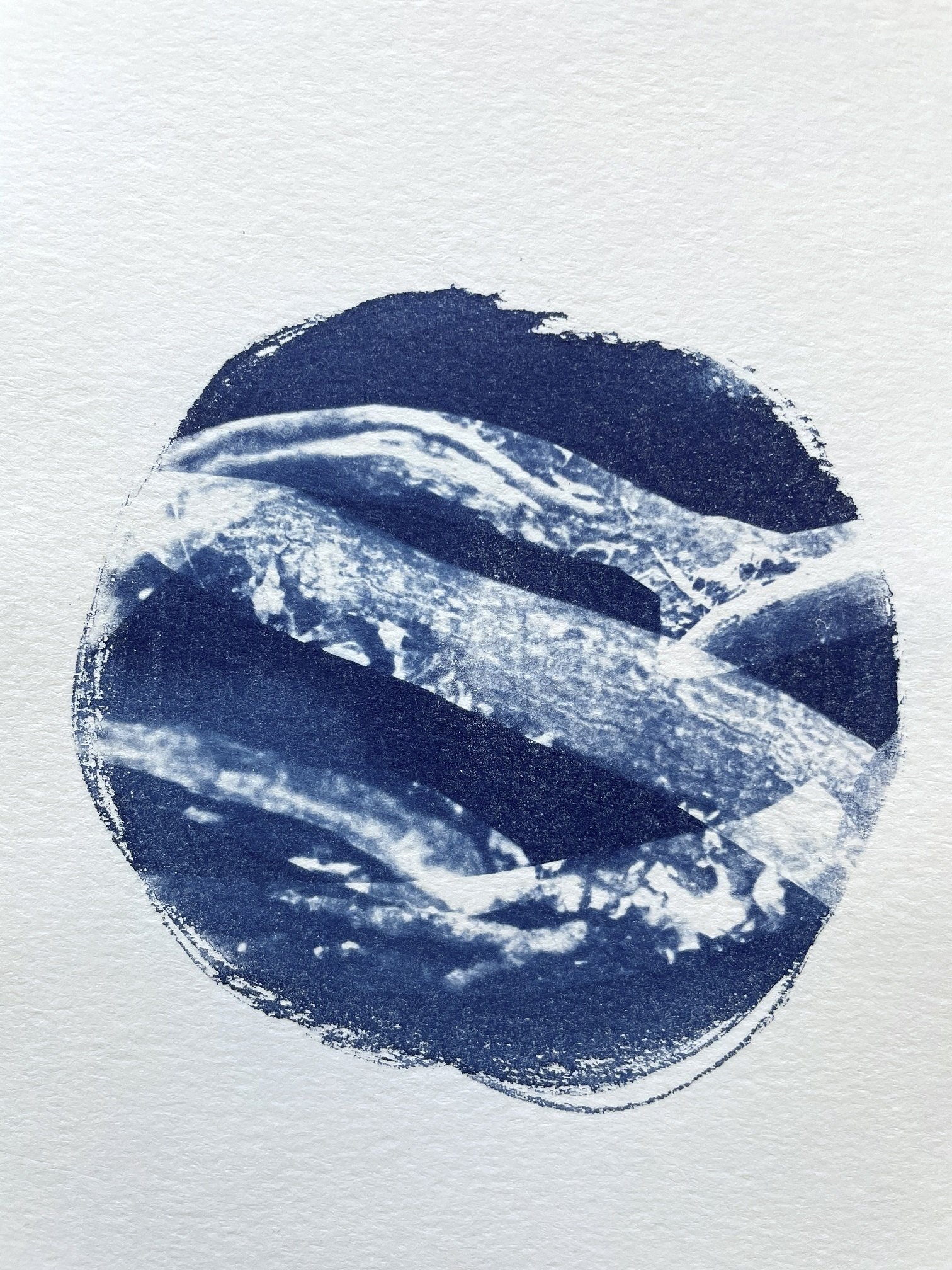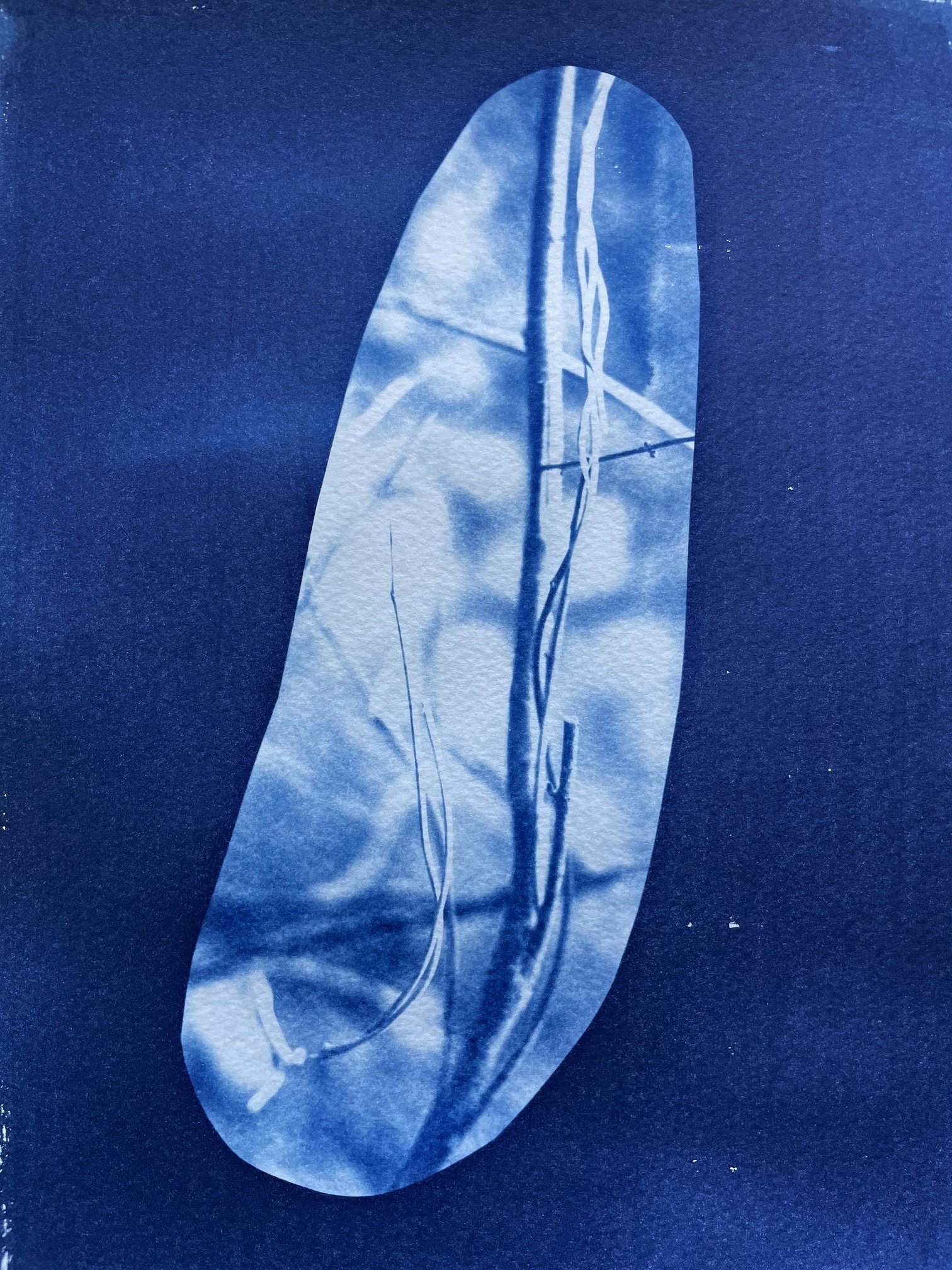© Turkuvaz Haberleşme ve Yayıncılık 2026
Istanbul’s KRANK Art Gallery, which set out with the mission of showcasing quality and accessible art, is one of my favorite art platforms with its small, welcoming atmosphere. In every new exhibition, the gallery collaborates with artists producing diverse content with different techniques. Dynamic but sincere in ambiance, the gallery displays contemporary artworks at international standards.
Previously, I had a chance to view the exhibitions of Güneş Terkol and Aslı Işıksal at the gallery. Terkol has long been one of the contemporary artists on the Turkish art scene whose works I eagerly follow. The sewn works by the artist, who displayed her pieces at many prominent exhibitions including Akbank Sanat’s “6 Artist in Search of a Precedent,” especially capture my attention. I was delighted to see her fabrics featuring dualities like the sunrise versus the sunset and togetherness juxtaposed against separation in patterns at her “A Duo” exhibition at KRANK early last year.

I felt the same emotions looking at Işıksal’s romantic pieces examining nature and the standstill pandemic period through the concept of time at the gallery. Işıksal also exhibited her two-dimensional works with ink, oil paint, dry pastel along with three-dimensional works that used cement, plaster, wood, plastic, polyester and 3D printing at “Zip & Pause” in December last year. Both artists reflected observations from their daily lives but Işıksal focused more on creating two world concepts. While the first concept offered a realm that is politicized, separated and managed by humanity, the second concept consisted of only our virgin planet. Unlike Işıksal, Terkol chose and interpreted the binary elements from her observations.
In KRANK Art Gallery's latest exhibition, “I for Another,” Aslı Narin presents a photo-oriented show, based on her personal observations in nature. Going on nature walks during the pandemic, Narin took photos, particularly focusing on trees and branches, which she printed using the cyanotype process, a photographic printing process named after the cyan blue solution it uses. The serendipitous images, formed by being exposed to ultraviolet light, are reiterations of the images of intertwined roots and branches of trees that the artist encountered during her walks in the forest.

While seeking ways to establish a relationship with nature, Narin actually wants to trace the climates within the individual through this exhibition. Therefore, she brings the surrounding daylight of nature to us under the assumption that we have been overexposed to screen light over the past year.
Narin uses the cyanotype technique to decontextualize her observations in nature that are reflected as images of roots and branches. From the very first look at her pieces for the show, one can easily recognize that the pastoral, blue images open the doors of new worlds to us with interpretations of the subjects of cosmic awareness, coexistence, connection and taking root. The artist has recognized that in the new world order that came with the pandemic, the desire for control does not have the same impact as in the past. In reference to this idea, she prefers using the cyanotype technique, in which even small details such as the humidity in the air during the long exposure process affect the end result, rejecting traditional photography techniques that represent control.
Narin lectures at the Herron School of Art and Design, which belongs to Indiana University, along with her career in the arts. The pandemic has limited education to digital networks, which inspired Narin, who took the digital network as a focal point and blended it with her natural images. Taking inspiration from this, she identifies the networks created by the trees with intertwined branches in the forest in the first series of “I for Another.” The series titled “Signals and Exchanges” reveals existing systems of mutual support in nature and highlights the idea of coexistence as the most valid means of survival with the prints of whitish branch transformations on the blue background.
The second series, “Below and Beyond,” which is created with circular blue images resembling cells on white background, refers to the perpetual cycle of life. The images magnified under a microscope for careful examination, provide an insight into the connections and network systems that the individual feeds on. It reminds us that we share a system of roots.
The two series are accompanied by a video on the left side under the title of “Fragility of Coexistence.” Opening with an impressive scene from the artist’s walks at the forest, the video continues, showing the joining of the branches of two adjacent trees. While the branches create a single unit embracing each other, a performance of guest figures is added to the video. These guests, like the combining tree branches, reach out to each other through their arms. Their performance turns into something like a dance, implying our need for contact.
“I for Another,” which proposes a coexistence that will strengthen individuality, can be seen at KRANK Art Gallery until May 16 on weekdays, apart from Monday, between 11 a.m. and 7 p.m. A digital version of the exhibition is also available for online access on the website of the gallery.
